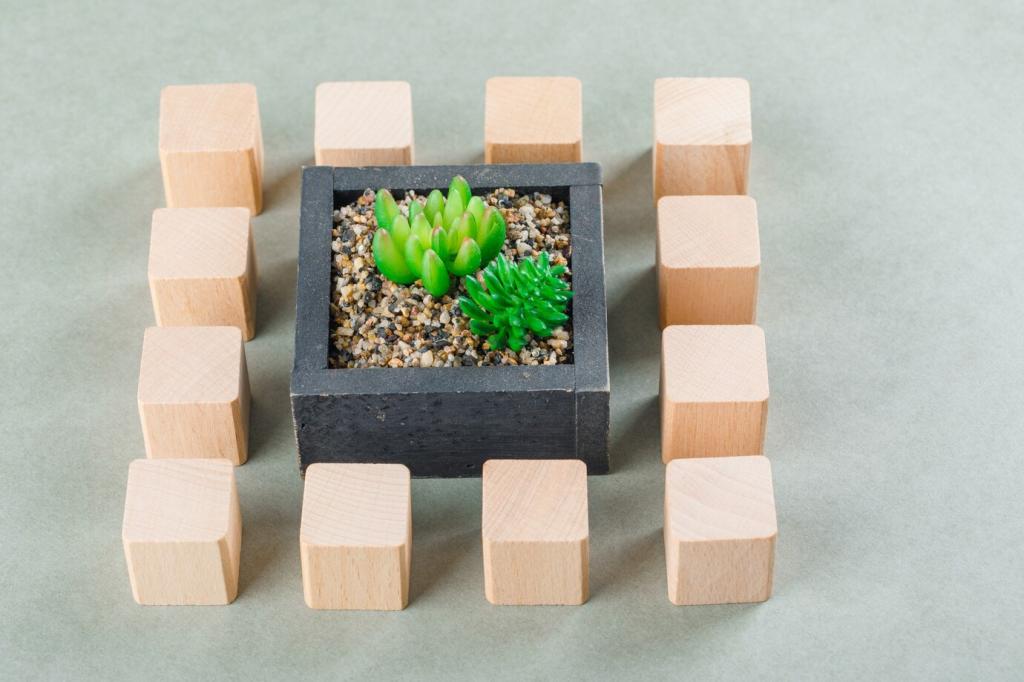Bring Nature to Work: Biophilic Design in Workspaces
Chosen theme: Biophilic Design in Workspaces. Step into a calmer, more creative workday where light, plants, textures, and patterns reconnect your team with nature—right at the desk. Explore practical ideas, memorable stories, and research-backed insights you can apply today. Join the conversation, share your space, and subscribe for ongoing inspiration rooted in the living world.
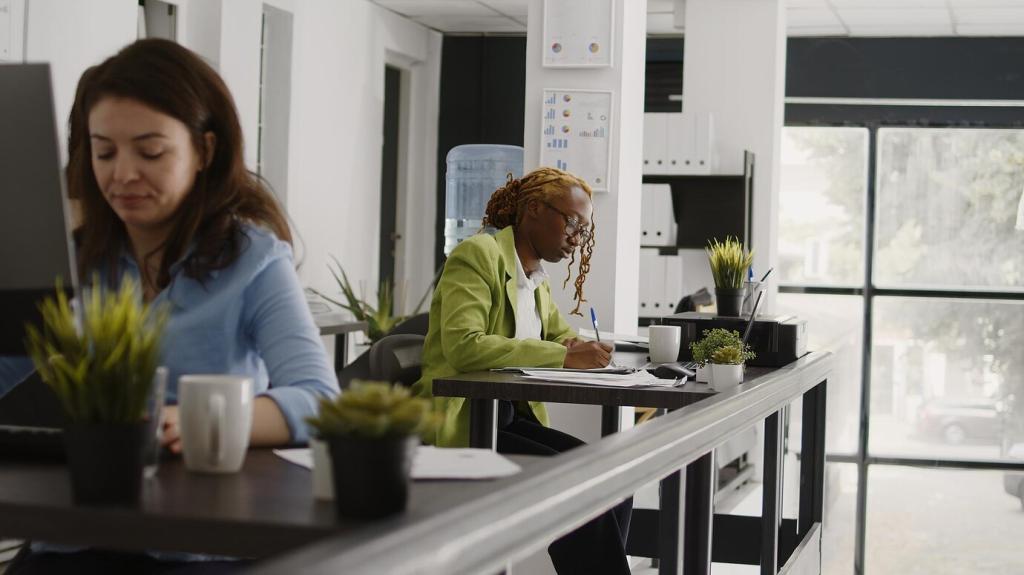
Why Biophilic Design Works
Stress, Cortisol, and Calm
Workplaces infused with natural elements have been associated with lower perceived stress, gentler heart-rate variability, and calmer moods. Plants, views, and organic materials cue safety and softness, nudging our nervous systems out of constant alertness. Have you felt this shift after adding a plant or moving nearer to daylight? Tell us your story and what changed for you.
Attention Restoration at Your Desk
Softly fascinating stimuli—rustling leaves, textured wood, dappled light—invite effortless attention, letting directed focus recover for the next deep task. Even brief, repeatable nature glances can replenish mental energy. Try a two-minute gaze at a leafy vignette between emails and note the difference. Share your micro-break ritual so others can experiment, too.
Productivity and Wellbeing Metrics
Studies have linked biophilic environments with better self-reported productivity and satisfaction. But the real proof is in your team’s everyday signals: fewer headaches, smoother collaboration, steadier focus. Track one simple metric this week—task completion time, mood check-ins, or break quality—and report back. We’ll compile community insights to guide smarter design choices.


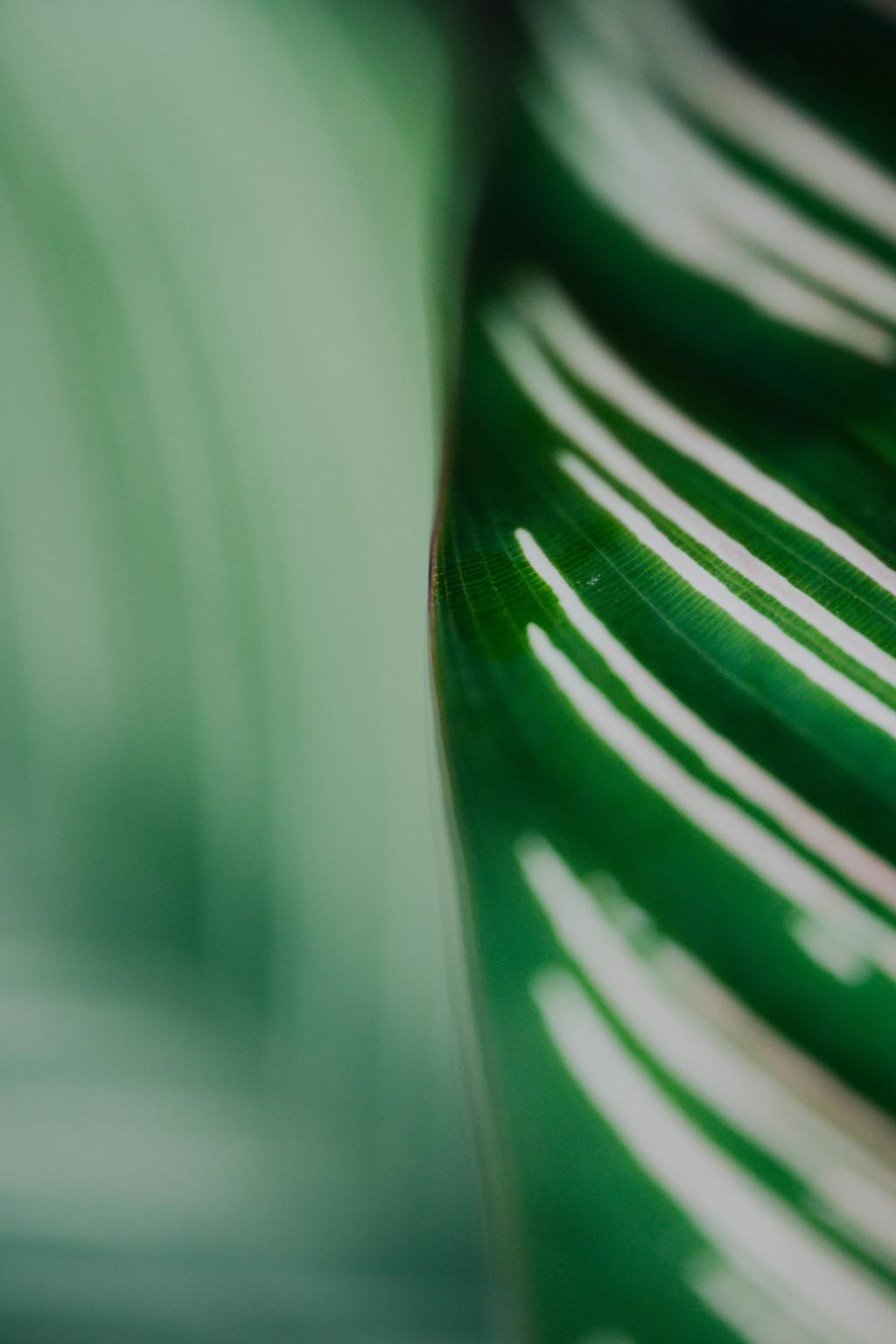
Desk-Level Tweaks
Add one plant, one texture, and one light adjustment. A low-pollen, non-flowering desk plant, a small pebble tray, and a task lamp with warm-to-cool tuning can transform mood and focus. Try it for seven days and journal the difference. Share your before-and-after photos to help others take the first step.
Small Team Makeover
Create a shared green corner with grouped planters, a natural-fiber rug, and a wall print of a forest canopy. Invite a weekly five-minute tending ritual to build ownership and connection. Co-design the corner together; survey your team and vote on elements. Post your team’s picks and we’ll suggest care tips tailored to your setup.
Remote and Hybrid Adaptations
For hybrid schedules, anchor your camera background with living greens and natural textures to ease screen fatigue. Schedule microbreaks featuring a window view or a quick stretch beside a plant. Build a portable kit—foldable stand, small light, tiny planter—to carry nature between locations. Tell us your go-to travel plant or digital nature ritual.
A designer moved a Boston fern beside her monitor after a tough sprint. The gentle fronds became a cue to breathe before opening messages. She reported fewer angry replies and a steadier pace. Have a tiny talisman like this? Share your desk companion and the habit it reminds you to keep.
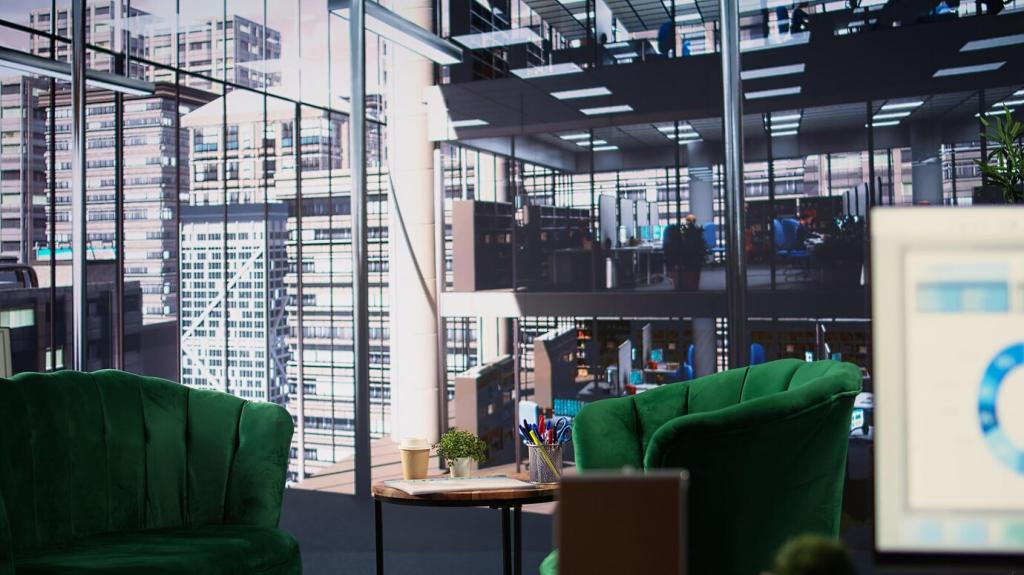
Simple Surveys That Reveal a Lot
Try a five-question pulse: perceived stress, focus quality, visual comfort, air freshness, and break effectiveness. Repeat monthly, paired with one open-ended prompt. Patterns will emerge quickly. Share your anonymized results with our community and compare notes on which changes produced the clearest benefits.
Air, Light, and Sound
Track CO2, lux levels, and sound peaks to understand invisible friction. Plants aren’t a magic filter, but they support comfort alongside ventilation, acoustic panels, and glare control. Choose one metric to improve this quarter and report progress. We’ll feature practical wins to keep momentum high.
Design with Inclusion and Maintenance in Mind
Opt for low-pollen, non-flowering plants and check toxicity and scent policies. Consider sansevieria, zamioculcas, or sturdy ferns, and confirm with facilities and HR. Offer alternatives like nature imagery or wood textures for those sensitive to live plants. Share your inclusive plant list so others can copy what works.
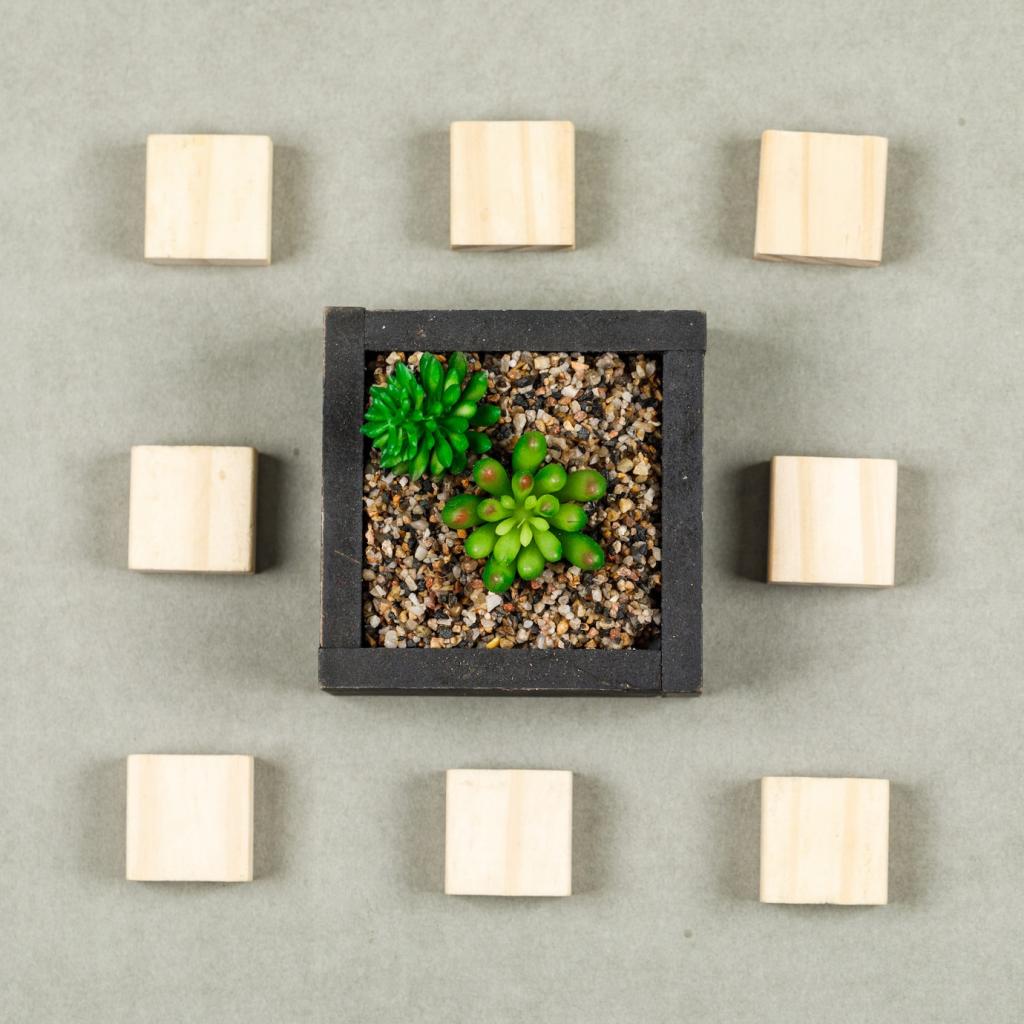
What’s Next for Biophilic Workspaces
Emerging systems tune ventilation, temperature, and circadian lighting in response to occupancy and daylight. Imagine acoustic panels with natural textures that also monitor noise, or planters that remind teams to water. Would your workplace pilot such tools? Comment on the feature you’d adopt first.
